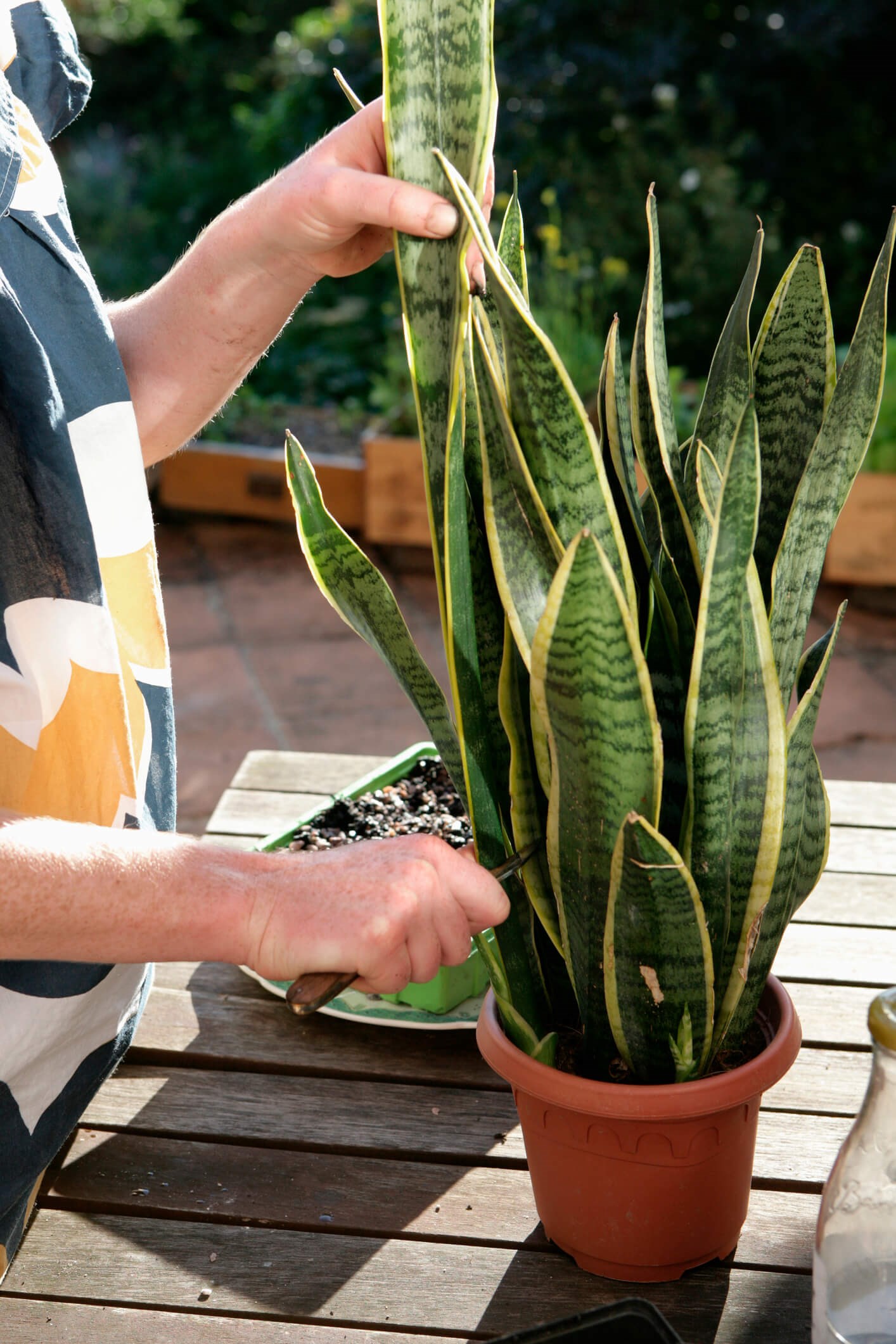
Source www.bhg.com.au
Welcome to our in-depth guide on snake plant care! If you’re searching for a low-maintenance yet stunning houseplant to enhance your indoor space, look no further than the snake plant, scientifically known as Sansevieria. With its striking appearance and numerous health benefits, this hardy plant is an ideal choice for both novice and experienced plant enthusiasts. In this article, we will explore the various aspects of snake plant care, ensuring that your Sansevieria thrives and adds beauty to your home. So, let’s get started!
1. Choosing the Perfect Soil and Pot
Understanding the Importance of Well-Draining Soil
One of the key elements in snake plant care is providing it with the right soil. These plants prefer well-draining soil to prevent water from accumulating around their roots, which can lead to rot and other issues. A great option for snake plants is a succulent or cactus soil mix, which provides the necessary drainage and aeration. You can also create your own soil mix by combining regular potting soil, perlite, and sand in equal parts.
Optimal Pot Selection and Repotting Tips
Choosing the right pot for your snake plant is essential to ensure its healthy growth. Sansevierias prefer pots with drainage holes to prevent waterlogging. Additionally, selecting a pot that is slightly larger than the plant’s root ball allows room for growth but prevents excessive soil moisture. If your snake plant has outgrown its current pot, it’s time for repotting. The best period for repotting is during spring since the plant is actively growing, and any potential root damage can be repaired quickly.
2. Light and Temperature Requirements
Best Lighting Conditions for Snake Plants
Snake plants are renowned for their adaptability to a variety of lighting conditions, making them a versatile choice for any home. However, they thrive in indirect, bright light, making them perfect for those indoor spaces that receive moderate sunlight. Placing your snake plant near a north-facing window or a few feet away from a bright, sunny window is usually ideal. Avoid exposing your snake plant to direct sunlight for extended periods, as it may scorch the leaves.
Temperature Range for Optimum Growth
One of the reasons snake plants have gained popularity is their ability to tolerate different temperature ranges. They can handle temperatures ranging from 60°F to 85°F (15°C to 29°C), making them suitable for most indoor environments. However, it’s important to protect your snake plant from extremely cold drafts or sudden temperature changes, as they can cause stress and damage to the plant. Keep your Sansevieria away from drafty doors, windows, and heating/cooling vents to ensure its well-being.
3. Watering and Maintenance Tips
Watering Frequency and Techniques
Proper watering practices are crucial for the health and longevity of your snake plant. As a rule of thumb, it’s better to underwater than overwater your Sansevieria. These plants store water in their leaves and rhizomes, making them highly tolerant of drought conditions. Wait for the soil to dry out completely between waterings, typically every 2-6 weeks, depending on the environment. When it’s time to water, thoroughly drench the soil until excess water drains out of the pot’s bottom drainage holes.
Tips for Maintaining Your Snake Plant
Maintaining a happy and thriving snake plant doesn’t require much effort, making it an excellent choice for busy individuals. Regularly dusting the leaves with a damp cloth or using a soft brush can help remove accumulated dirt and keep the foliage looking fresh. Pruning is rarely needed for snake plants unless you want to propagate new plants or remove any dead or damaged leaves. Additionally, occasional fertilization during the growing season with a balanced houseplant fertilizer can provide a nutrient boost.
4. Snake Plant Care: A Detailed Table Breakdown
| Aspect | Requirement |
|---|---|
| Lighting | Indirect, bright light |
| Temperature | 60°F to 85°F (15°C to 29°C) |
| Soil | Well-draining, succulent or cactus mix |
| Watering | Allow soil to dry completely between waterings |
| Fertilization | Occasional balanced houseplant fertilizer during growth |
5. Frequently Asked Questions about Snake Plant Care
Q: How often should I repot my snake plant?
A: Snake plants typically need to be repotted every 1-2 years, depending on their growth and roots’ health. The best time for repotting is during spring when the plant is actively growing.
Q: Can snake plants grow in low-light conditions?
A: Snake plants are known for their ability to thrive in low-light environments. While they prefer bright, indirect light, they can tolerate low light conditions, making them suitable for various indoor spaces.
Q: How often should I water my snake plant?
A: It’s important not to overwater your snake plant. Watering every 2-6 weeks, allowing the soil to dry out between waterings, is generally sufficient. It’s always best to check the moisture level of the soil before watering.
Q: Can I propagate my snake plant?
A: Yes, snake plants can be easily propagated through leaf cuttings or division. Leaf cuttings involve taking a healthy leaf and placing it in well-draining soil until it develops roots. Division is the process of separating the plant into smaller sections with root systems.
Q: Are snake plants safe for pets?
A: While snake plants are generally considered to be mildly toxic if ingested by pets, they are unlikely to cause serious harm. However, it’s still best to keep your pets away from chewing on the leaves to avoid any potential discomfort.
6. Conclusion
In conclusion, snake plant care is fairly straightforward, making it an excellent choice for both beginners and seasoned plant enthusiasts. By providing well-draining soil, ensuring the right lighting conditions, and practicing proper watering techniques, your Sansevieria will thrive and enhance the aesthetic appeal of your indoor space. Remember to periodically dust the leaves, occasional fertilization, and repot when necessary. With a little effort and attention, your snake plant will reward you with its resilience and beauty for years to come. Enjoy your journey in caring for this magnificent plant!